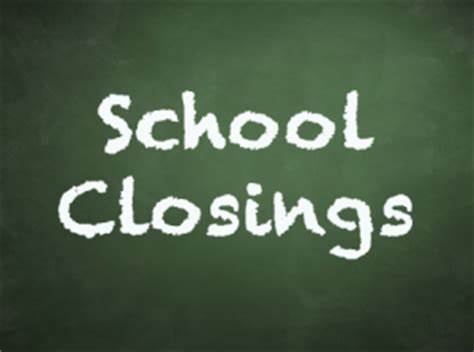US School Closings Can Leave Rural Students Struggling
The closing of classrooms and the move to online learning during the COVID-19 pandemic has greatly affected students living in rural areas. Cyliss Castillo is one of them. The 18-year-old lives in Cuba, New Mexico, in a school district on the edge of Native American land that belongs to the Navajo Nation.
Like many of his neighbors, Castillo does not have the internet or even electricity. "There's not a lot to do here. You clean up, pick up trash or build stuff," he told the Associated Press.
Castillo said he does not like online school. "Hopefully by next semester we'll be going back into school…I just find it a lot easier and a lot better than just out here, not doing (anything)," he said.
The Cuba Independent School District sits in a village of about 800 people. The district has kept buses running as a way to bring school to students who live in widely separated areas.
The buses carry schoolwork, art supplies and meals. Advisers also use the buses to speak with students who may be struggling with online bullying, abuse, thoughts of suicide or other problems.
The buses are very important for families in the Cuba school district. About half of the students are Hispanic. The other half are Native American, including many Navajo-speaking English-language learners.
Many families in the area do not have running water. Castillo and others with no electricity charge their school-issued computers with car batteries or at a family member's house. At least one student sends a computer with the buses to be charged at school. Internet service is often either not available or too costly for families living in such rural areas.
For students without home internet, the buses bring USB drives loaded with schoolwork and video lessons from teachers. Some students, like Castillo, began asking for schoolwork on paper because of the difficulty of charging computers.
With COVID-19 cases increasing in New Mexico to their highest levels yet, it is unclear when the district will restart in-person classes.

The district has learned to deal with difficulties. And it has established a good record with graduations, with about 83 percent of its students finishing high school. That is well above the state average.
The district has long used a "community school" method of helping students. Social workers, nurses and teachers help students day and night, not just during the school day. The idea is that students will do better in school if their home life can be improved. All students were given computers in 2019, well before the coronavirus health crisis. That made the move to distance learning easier in March when school buildings started shutting down.
Before the buses leave Cuba High School each day, about 25 bus drivers and school workers spend over an hour preparing for the trip. They load up milk, fruits and vegetables, prepared meals, toilet paper and other important necessities.
As the bus travels, it passes a home every few kilometers. The Castillos built their home by hand and use a small camper as well.
On a recent day, students went out to meet the bus driver, Kelly Maestas. He asked them how they were doing and handed out lunches.
Among the students was 15-year-old Autumn Wilson. Her father died after she started high school last year. Then school shut down. Now she cannot play on the volleyball team anymore.
Autumn said the sadness over her father's death makes it difficult for her to finish schoolwork. But she sometimes finds happiness riding horses with her grandfather. And she looks forward to visits from the bus driver, who once brought her candy for her birthday.
"Kelly, he's really funny to talk to. And if you're feeling sad you can really talk to him," Autumn said. She added: "And you can trust him."
I'm Jonathan Evans.













